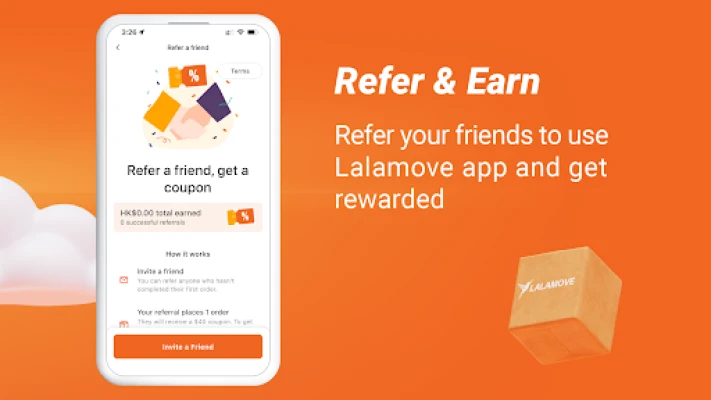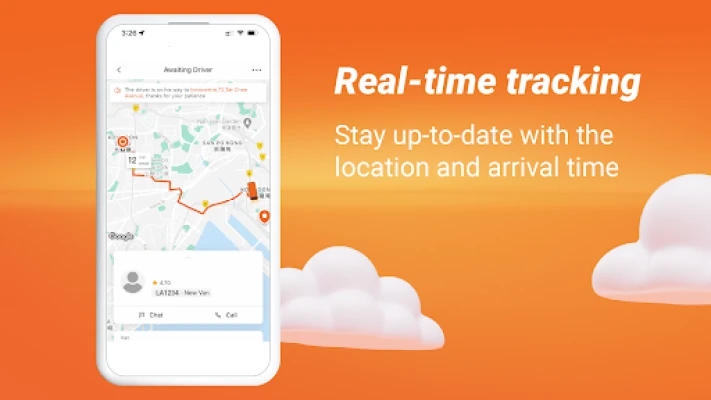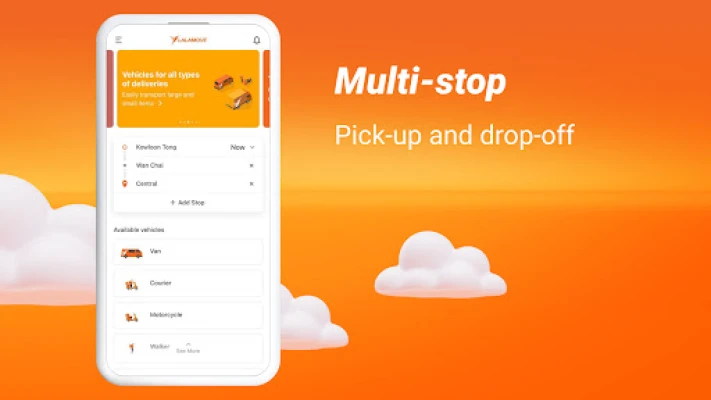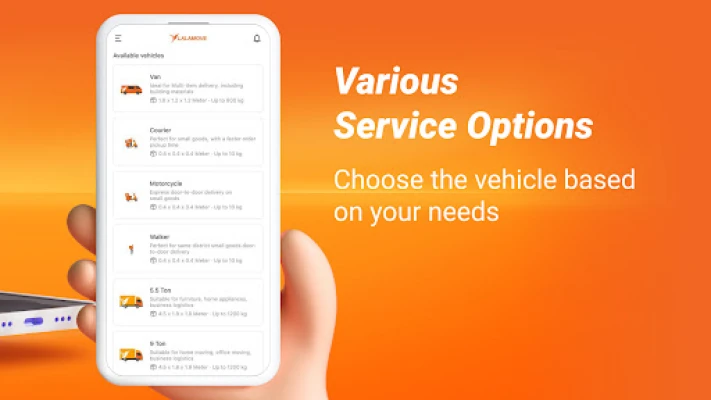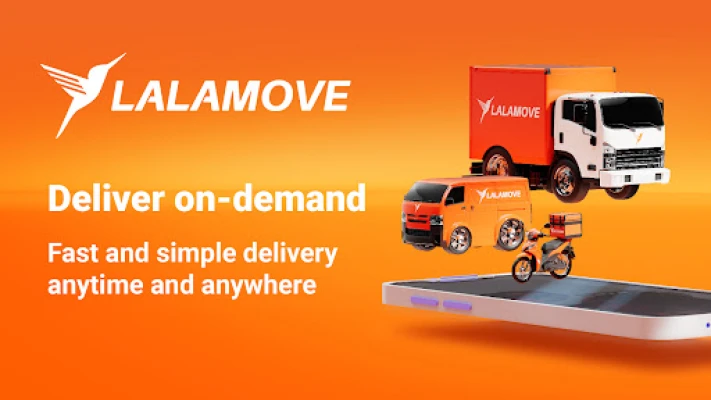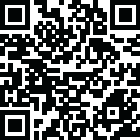
Latest Version
113.7.0
June 30, 2025
Lalamove Media Limited
Tools
Android
0
Free
hk.easyvan.app.client
Report a Problem
More About Lalamove - Fast & Affordable APK Download for android
Life as a Lalamove Driver: The Real Deal
So, I’ve been thinking a lot about gig work lately — you know, the kind where you’re not tied down to a single boss or office, just out there on the streets hustling your own way. One name that keeps popping up is Lalamove, and specifically, what it’s like being a Lalamove driver. I figured, why not jot down some thoughts? Not like a fancy review, just what it really feels like to drive for Lalamove.
What’s It Like Being a Lalamove Driver?
First off, being a Lalamove driver means you’re basically a delivery person for hire — but on your own schedule. The company hooks you up with people who need stuff moved, could be a couch, a bunch of boxes, or even just a single package. Then it’s your job to pick it up and drop it off.
What’s kinda cool is the flexibility. You can work when you want, which is great if you’ve got other stuff going on — school, a second job, whatever. No one breathing down your neck about being late or stuck in a meeting. You just turn your app on and wait for a job to pop up.
The Hustle and the Grind
But here’s the thing — it’s not always easy money. Sometimes you get a good run of jobs back to back, and the cash flows in. Other times, you’re just sitting around waiting. Depends on the city, the day, and even the weather.
Driving around with packages isn’t glamorous either. Traffic, parking nightmares, cranky customers — all part of the deal. I won’t sugarcoat it. You gotta be patient, calm, and ready to handle whatever weird situations come your way.
What Kind of Vehicle Do You Need?
You don’t need some fancy truck or van. A motorbike works fine for small packages, and cars or vans handle the bigger stuff. The app even lets you pick what kind of vehicle you have so it matches you with the right jobs.
If you’re in a busy city, sometimes smaller wheels are better — easier to maneuver, less gas, faster parking. But if you want the big jobs, you’ll need the space.
Getting Started: The Signup Process
Signing up isn’t rocket science. You download the app, fill out some info, show your driver’s license, and sometimes a background check. They want to make sure you’re legit, but it’s not a headache.
Once approved, you can start accepting delivery requests right away. There’s a little learning curve — figuring out how the app works, managing routes, communicating with customers — but nothing too wild.
What About Earnings?
Ah, the money question. Pay depends on distance, package size, and how fast you get it done. Some days, you might make decent cash, especially if you’re strategic about where and when you drive.
But don’t expect a steady paycheck like a 9-to-5. This is gig work, so your earnings can be all over the place. Tips sometimes help, but not everyone gives them.
Also, remember you cover your own gas and vehicle maintenance. So, you gotta factor that in when thinking about how much you’re really making.
Challenges Lalamove Drivers Face
Besides the usual traffic and parking drama, there’s the occasional rude customer or mix-up. Maybe the pickup address is wrong, or the package is heavier than expected. Sometimes customers cancel last minute or the app glitches.
And of course, weather. Rain or shine, you gotta get that delivery done. Not always fun when it’s pouring cats and dogs.
Plus, working long hours can get tiring. Sitting for hours, driving back and forth — it wears on you.
Why Some Folks Love It
The main draw? Freedom. You’re your own boss. You pick your hours, your routes, and basically your work style.
Also, meeting all kinds of people, seeing different parts of town you never knew existed. It’s social in a way — if you like people.
Some drivers say it’s a good way to make extra money on the side without committing to a full job.
A Day in the Life
Picture this — you start your morning with the app on, waiting. Ping! A delivery request pops up. It’s a small package, a few blocks away.
You swing by, grab the item, maybe chat a little with the customer, then off to the drop-off point. Quick job, quick pay.
Later, a bigger request comes in — moving some furniture across town. You take it, maybe get stuck in traffic, but the payout’s worth it.
Between jobs, you grab a bite, scroll your phone, then back on the road.
Tips If You’re Thinking of Joining
-
Keep your vehicle clean and well-maintained — customers notice this.
-
Be polite, even if the customer isn’t. It helps.
-
Learn the city routes or use a good GPS app. Saves time and stress.
-
Track your expenses like gas and repairs to know your real profit.
-
Use downtime wisely, maybe listen to podcasts or plan your day.
Rate the App
User Reviews
Popular Apps










Editor's Choice











